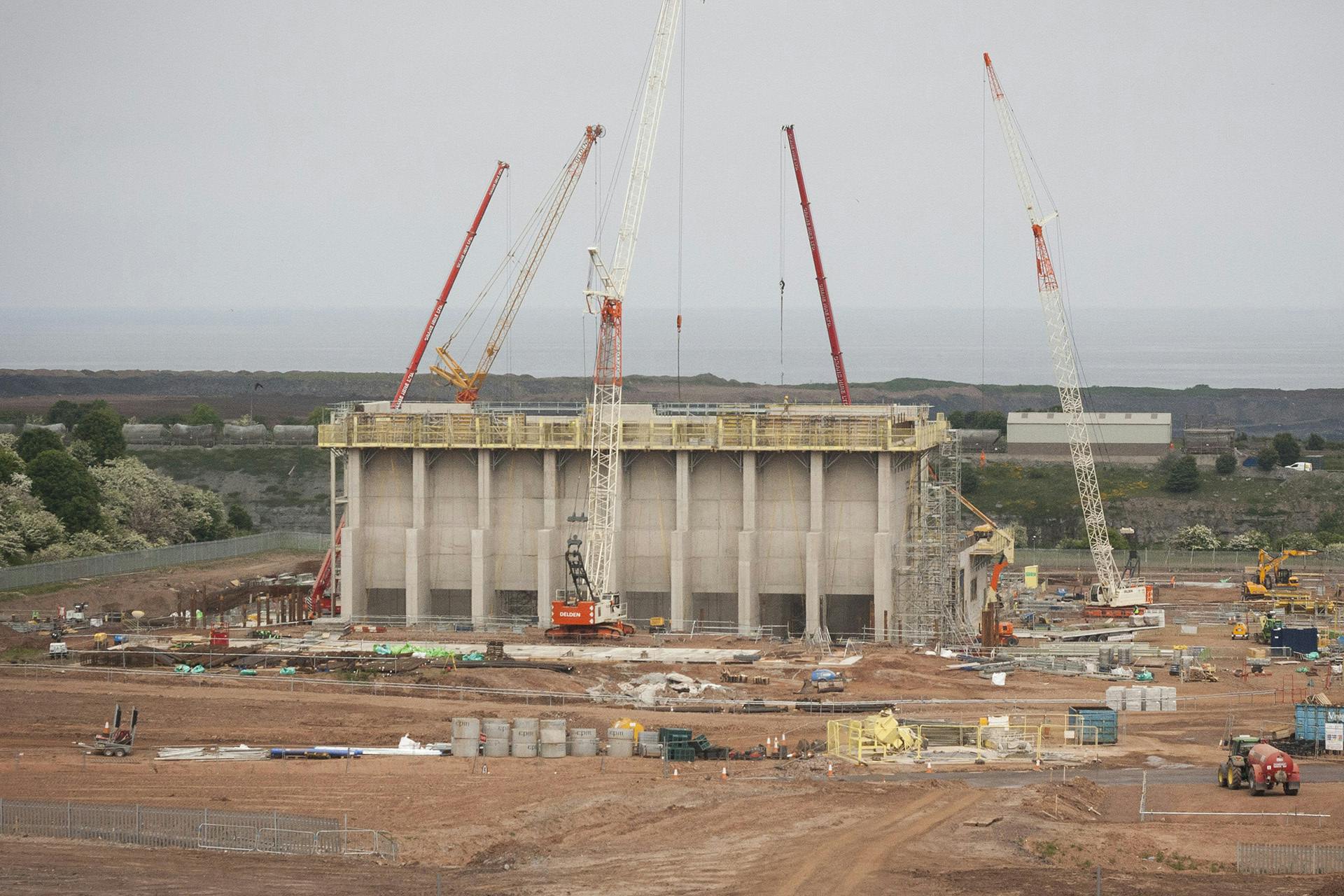
Dunbar ERF
Careys were awarded the contract to build an Energy Recovery Facility at Dunbar, East Lothian. Our works included the construction of the reinforced concrete foundation for the basement, construction of the superstructure, plant foundations and structural toppings to elevated composite floor slabs.
Client
ViridorLocation
DunbarPrincipal Contractor
Interserve Construction Ltd.Services
Construction of the facility began at the site of an existing waste treatment centre, forming an integral part of the Scottish government’s ambitions to deliver a zero waste economy which encourages waste reduction and improve renewable energy generation.
Deep excavation works required for five-metre deep bunkers and reinforced concrete substructure
Deep excavation works required for five-metre deep bunkers and reinforced concrete substructure
Our team excavated two five-metre deep bunkers, in addition to constructing a reinforced concrete substructure, ground beam and floor slab. We also installed site drainage below the floor slab, as well as constructing the waste bunker walls that measured more than 21m in height and the ash pit wall to heights of 7.2m and 17.9m.
Our external works included the construction of a weighbridge, surfacing works, installation of a foul drainage system with an oil/petrol interceptor, hardstanding and landscaping works.
During pre-construction planning our team identified the key risks of working at height and carrying out lifting operating with multiple crawler cranes during construction of the waste bunker and turbine hall walls. During works, we therefore implemented multiple measures through our Safe Home Every Day (SHED) programme to protect operatives facing these risks.
Our collaborative approach and operational excellence ensured logistical challenges were overcome and the site operated at its maximum efficiency with zero incidents.
Our collaborative approach and operational excellence ensured logistical challenges were overcome and the site operated at its maximum efficiency with zero incidents.
To overcome the logistical challenges posed by the depth of the bunkers and the site’s tight footprint, two 100t tower cranes were used to deliver the excavation and provide a safer working environment across the site.
As the sole contractor on site during construction of the sub and superstructure works, coordination of operations was simplified, although FRC works involved multiple contractors. Consequently, close co-operation was maintained between the multiple contractors operating on site, with daily coordination meetings to ensure site operation information was shared.
Together, these measures reinforced the importance of health and safety on site, with training and daily toolbox talks being delivered regularly in pursuit of a zero incident building site.
We'd love to hear from you, so please get in touch